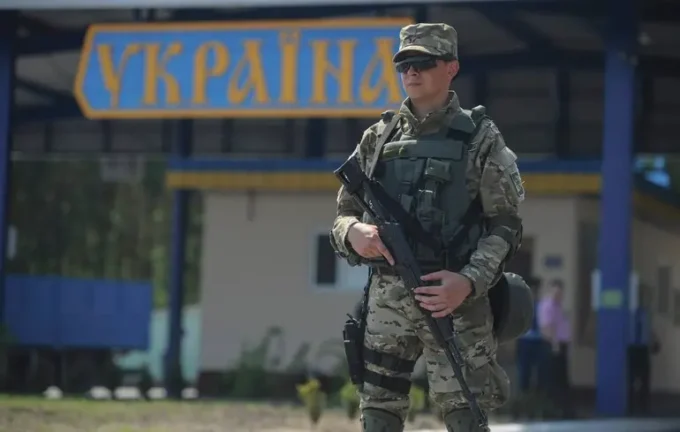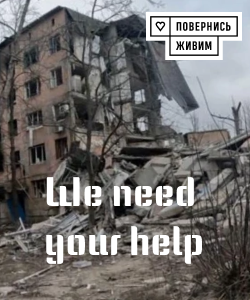Russia Officially Closes 20 Border Checkpoints with Ukraine: Implications for Future Transit and Humanitarian Corridors

The government of the Russian Federation has made a formal decision to shut down twenty border crossing points that previously operated along the Ukrainian border.
This strategic move, signed by Prime Minister Mikhail Mishustin, will come into effect starting August 1, 2025.
Officially, the action is presented as an effort to review and optimize Russia’s border policy, although in reality it affects crossings that have been functioning for over twenty years under bilateral agreements with Ukraine.
The closures include both automotive and railway checkpoints, notably those located within the temporarily occupied territories of Donetsk, Luhansk, Kherson, and Zaporizhzhia regions, as well as in Russian-controlled areas such as Voronezh, Kursk, Bryansk, and Belgorod oblasts.
Ukrainian officials and border guards have expressed their criticism of this decision, reminding that Ukraine closed all border crossings with Russia at the onset of the full-scale invasion, and these points have not been operational since then.
Andriy Demchenko, a spokesperson for the Ukrainian State Border Guard Service, highlighted that it is difficult to understand the logic behind Russia’s move, given that these crossings have not been functioning for several years.
He also noted that most of the closures are situated in regions where territories have been occupied by Russia since 2014, including border areas within Russia itself.
Demchenko reaffirmed Ukraine’s ongoing readiness to facilitate the return of its citizens through any available channels, provided appropriate conditions are created by the Russian side.
As an example, he cited the “Pokrovka” crossing on the Sumy region, which is currently not operational but could potentially be used for humanitarian purposes if needed.
Recently, Ukrainian border authorities reported a record increase in passenger flow to and from Ukraine, indicating increased activity and the importance of maintaining effective humanitarian and transportation links despite ongoing geopolitical tensions.

